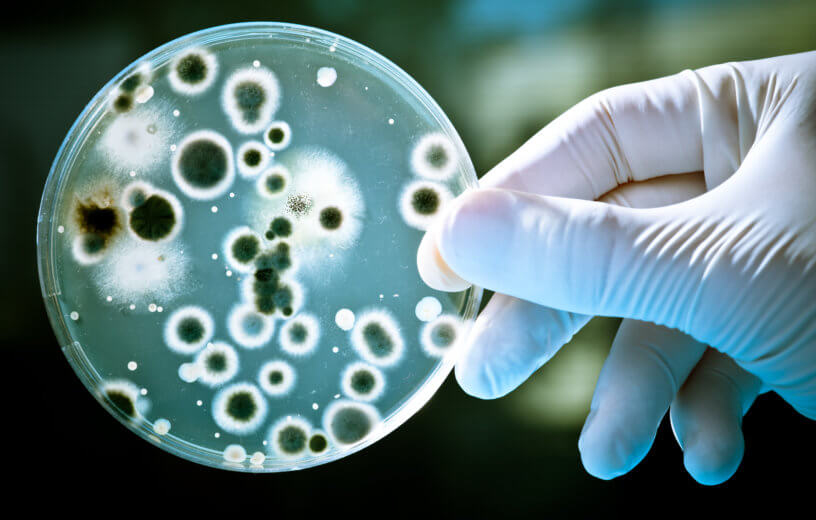TROY, N.Y. — Although many dieters who avoid meat and animal products are very thorough about what they consume, few people probably realize that medications contain these substances as well. Now, researchers in New York say they have created a way of manufacturing drugs which is both safe and animal-free.
Scientists have used the bacterium Escherichia coli (which you probably know as E. coli) to make therapeutic proteins for decades. The insulin which treats diabetics, for example, is a genetically engineered version of E. coli. However, there is one type of drug that bacteria haven’t been able to make — linked sugar molecules called sulfated glycosaminoglycans.
One of the most well-known sulfated glycosaminoglycan is the blood thinner heparin, which currently comes from pig intestines. Recently, researchers from the Rensselaer Polytechnic Institute (RPI) were finally able to make E. coli produce a sulfated glycosaminoglycan.
“This work is a milestone in engineering and manufacturing of biologics and it opens new avenues in several fields such as therapeutics and regenerative medicine” says Deepak Vashishth, director of the Center for Biotechnology and Interdisciplinary Studies, in a university release.
How do you re-engineer bacteria to produce helpful drugs?
It wasn’t an easy job to make E. coli produce the sulfated glycosaminoglycan molecule. Scientists needed three key “ingredients” for their tailor-made bacterium.
First, the researchers had to insert the genetic code for a sulfated glycosaminoglycan precursor into E. coli. Then, they had to get the E. coli to produce plenty of sulfur, which creates sulfated glycosaminoglycan when added to the precursor. Finally, they had to give the bacteria the enzyme (sulfotransferase) that actually connects the sulfur to the precursor. This last step was especially challenging.
“The sulfotransferases are made by much more complex cells,” lead scientist Matthew Koffas explains. “When you take them out of a complex eukaryotic cell and put them into E. coli, they’re not functional at all. You basically get nothing. So we had to do quite a bit of protein engineering to make it work.”
The future of faster drug production
A sophisticated algorithm helped the researchers figure out which version of sulfotransferase would be functional in E. coli. Fellow researcher Jonathan Dordick adds that using bacteria to produce drugs could help make more drugs available much faster.
“If we prepare [a drug traditionally], and we make one gram, and it takes a month to make, and someone calls us and says, ‘Well, now I need 10 grams,’ we’re going to have to spend another month to make 10 grams,” Dordick says. “Whereas, with the fermentation, you throw the engineered organism in a flask, and you have the material, whether it’s one gram, or 10 grams, or a kilogram. This is the future.”
Koffas and Dordick are careful to point out that they have not tested the ability of their bacteria to produce sulfated glycosaminoglycans on a grand scale yet. Nevertheless, their creation is a proof-of-concept that scientists can use bacteria to produce more drugs in the future.
These findings are published in Nature Communications.
